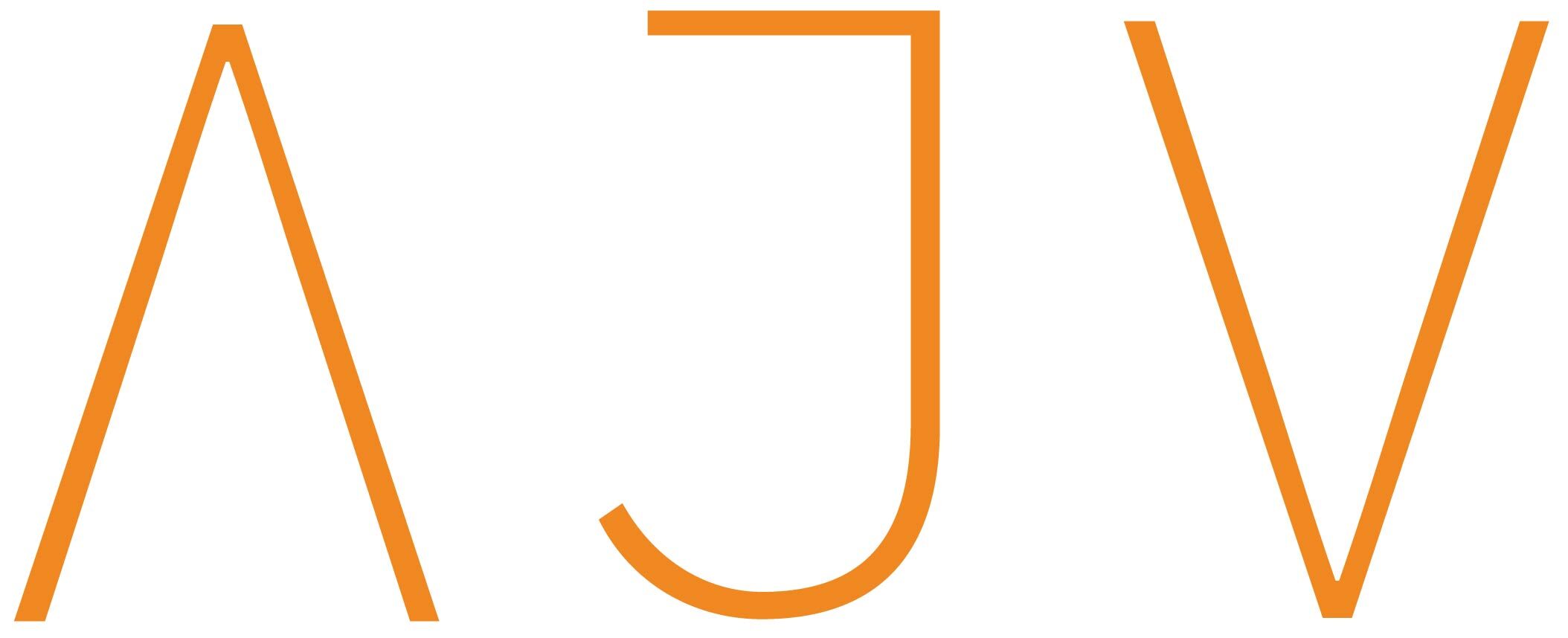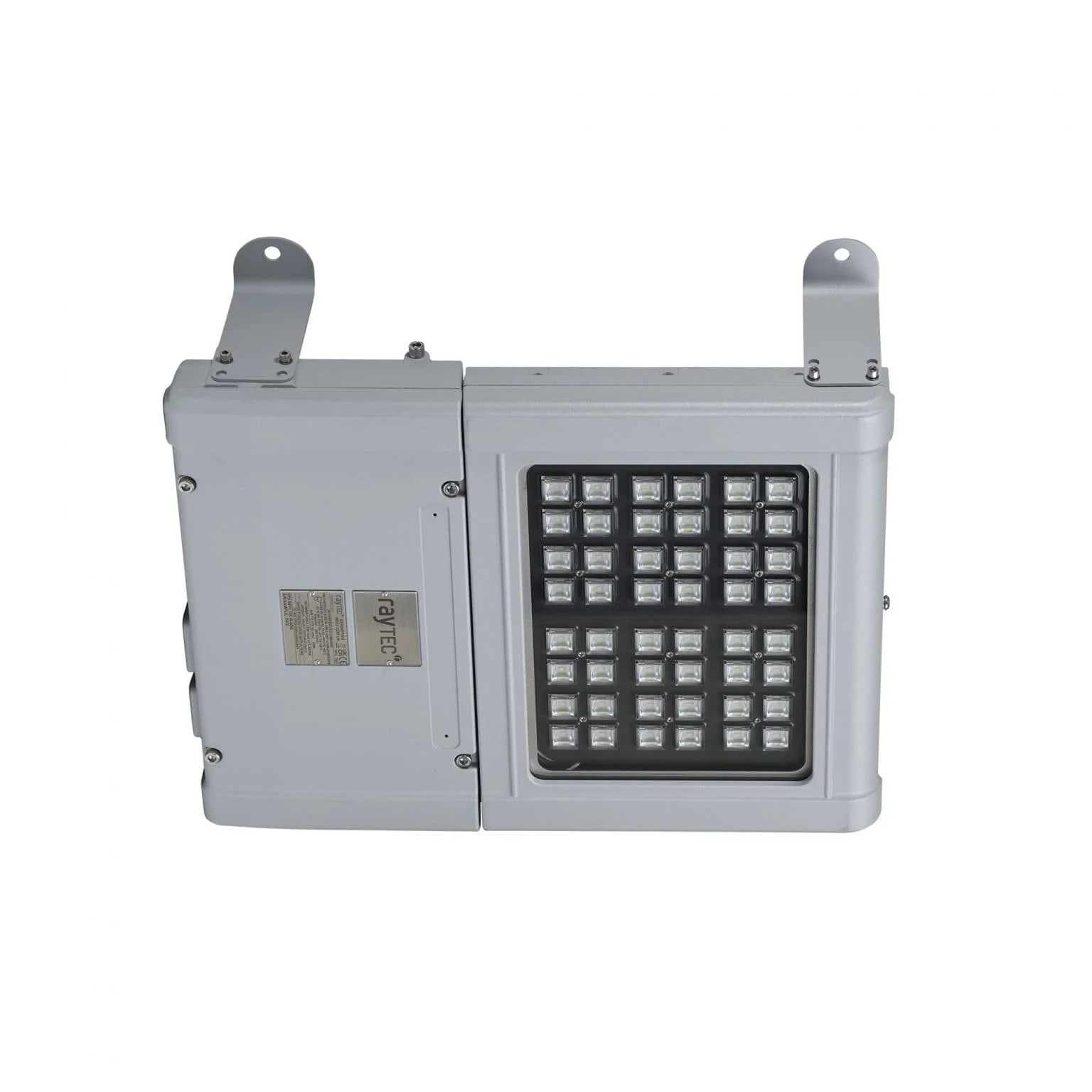The industrial lighting market is one such market that has unlimited potential. With a lot of large warehouses, production halls, shopping malls, stadiums, exhibition malls, etc. on the rise, it has surely become very important to select specialized light fixtures that can provide adequate lighting due to their high ceilings. At this point, there might be a lot of people wondering what is the difference between high bay vs low bay light and which one would be the most suitable for my business. LED lights are now one of the most preferred lights as compared to the traditional ones especially since there are a lot of types available. However, two main types of LED lighting are high bay lights and low bay lights that can provide adequate lighting for a large space especially ones with high ceilings.
What are Bay lights?
Most of the houses usually have a ceiling height of about 9 feet, however, spaces that consist of higher ceiling heights may typically require bay lights. So if you are wondering what are bay lights then they are devices used in commercial spaces like storage facilities, grocery stores, indoor sports areas, warehouses, etc. Bay lights are considered to be quite energy efficient while also reducing energy consumption by about 85% and could last easily over 100,000 hours with very less amount of maintenance required.
Bay lighting usually comes in a lot of shapes, styles, and mounting options. They also offer glare-free lighting, along with an even output of light. It also helps reach every nook and cranny of the area especially when you are dealing with chemicals, heavy machinery, and other dangerous materials.
What is a High Bay light?
Now that you know what are bay lights let’s take a look at what is a high bay light. Well, these are high intensity lighting devices used in large spaces with about 20 to 40-foot ceiling heights. What a high bay light does is provide powerful illumination to large areas even from a significant height. It also ensures there is an even distribution of light without casting any shadows or creating any dark areas. Also with LED technology, the warehouse lighting gets a superior illumination while being durable and energy efficient. High bay lights are commonly seen in the following areas:
- Manufacturing plants
- Large recreational facilities
- Warehouses
- Convention centers
- Machine shops
- Grocery stores
- Factories
What is a low bay light?
On the other hand, if you are wondering what is low bay lighting, then it is tailored such that it can be used in spaces with ceiling heights of about 20 feet or less. What a low bay light is designed to do is provide a much-concentrated light spread that can illuminate even small or more confined areas without overwhelming these paces with too much brightness or causing much glare. Using low bay lighting could significantly enhance the light quality while reducing energy consumption and increasing the overall visibility.
Low bay lights can be seen usually in the following areas:
- Restaurants
- Hospitals
- Public buildings
- Storage units
- Fabrication shops
- Parking garages
- Homes
Minimum height required for High bay required
When it comes to lighting an industrial or commercial space, high bay lights are surely a very important component. When you compare high vs low bay light you see that high bay lights tend to provide a large amount of light in a concentrated area which makes them one of the ideal devices for warehouses, factories, and other large spaces. However, one of the most important parts you cannot miss out on is the height requirement for high bay lights.
You first need to understand how the light is distributed from these fixtures. These devices typically have a wide beam angle that could range anywhere from 90 to 120 degrees. This also means that light would be spread out over a wider area and not be concentrated. The wide beam angle provides an adjustable angle in which you can customize your light according to space.
Generally speaking, your high bay lights should be at least 20 feet above the floor level so that there is proper coverage of the space. However, this number could vary based on the size of your space, ceiling height, and beam angle.
Difference between high bay and low bay lights
Since both high bay and low bay lights have their own range of applications, they are also quite different in terms of their properties. Let’s take a better look at these differences.
The wattage of the lights
- High bay lights – As far as high bay lights are considered they are available in 100W, 150W, and 200W. This can help replace traditional lights such as 300 watts, 400 watts metal halide lamps, and HPS lamps.
- Low bay lights – Low bay lights usually have a wattage of about 10W to 100W with more common types such as 60W, 80W, and 100W.
Beam angle
- High bay lights – High bay lights typically feature a narrow beam angle which helps focus light directly downwards and is suitable for illuminating areas from a higher ceiling.
- Low bay lights – Low bay lights offer a much wider beam angle that is spread over a broad area with low intensity such that it can cover spaces while not causing glare.
Installation
- High bay lights – High bay lights can be mounted by using pendants, chains, or just directly onto the ceiling structure hence allowing for flexibility in terms of positioning and height based on area size and ceiling height.
- Low bay lights – Low bay lights are usually mounted quite close to the ceiling with a lot of options including direct surface mounting or bracket mounting to ensure optimal light distribution within small areas.
How to choose the right bay light?
While the high bay and low bay lights are very popular as a part of industrial lighting solutions, the choice between both depends on a lot of factors such as level of illumination and installation height. Because of this, it is important to understand the variable that affects the choice.
LED vs. Fluorescent Bulbs
Before you jump into whether you want to get a high bay vs low bay light, you might want to select which type of bulb you want. LED lights have officially been one of the most popular choices over fluorescent lamps. This growth is due to multiple benefits. LED tends to last almost 20 times longer than traditional lamps with 70% less energy being consumed.
High Bay vs. Low Bay LED Lighting
High bay and low bay lighting and devices that describe the different lights required for high and low ceilings. If you wish to illuminate an area that is a part of the interior then your first choice will be shed lighting. The first step in making your choice between high and low bay lighting is to measure the height of the ceiling and the area you want to illuminate.
Beam Angle and Width
By the installation height, you will get to know which is the best beam angle to choose. The high bay lights usually have a beam angle of about 60, 90, and 120 degrees. Once the beam angle is available you could also calculate the diameter of the range that could possibly be illuminated from ground level.
Mounting and Distributing Options
While there are a lot of options available when it comes to mounting and distributing options, such as hanging ring, hook, bracket, etc., it is important to understand the venue suitable for the type of installation. Some places might also need vertical lighting. If such is the case, then a special polarized type of spectrum would be needed. In some other cases, you might require a large lighting range in such places you might want a large angle of the circular spectrum. So you need to determine which spectrum is the best suited. This can be done by lighting simulation.
Retrofitting
Most of the LED lighting fixtures usually come with retrofit kits. This includes trunnions, reflectors, adjustable brackets, and other basic components. Using such kits you can save a lot of money and time. If you are currently using a fixture that could be retrofitted with a simple retrofit by replacing a bulb you can then choose these kits. This is because of the added savings in terms of replacement cost and less time taken to get the same lighting effect.
Power
If you are currently using very low brightness lanterns and lamps that cannot meet the lighting of the whole place then you might want to consider replacing them with higher luminous efficiency lamps and lanterns with an average of 190LM/W illumination.
Color Temperature
The color temperature could significantly affect the different brightness feelings, a low color temperature of 3000K would give people a warm feeling also called warm white and a high color temperature of 5000K would provide people with a very cold feeling also called cold white. Most of the bay and industrial lights are generally more than 5000K.
Shape
According to the different lighting spaces, the shape of the lanterns and lamps used will be different. Generally round lights are used. However, some workbenches or production lines use strip-shaped industrial bay lamps.
Energy Usage
LED lamps can significantly reduce energy consumption, however, if you use intelligent modules of LED lanterns and lamps then it is possible to improve the rate of energy savings. This could include motion sensors or daylight sensors, dimming, and other devices to provide smarter solutions. For example few bulbs could give 100% brightness when someone is working and if someone is not it could give around 30% brightness.
Conclusion:
Making the right choice when it comes to high bay vs low bay light is very important especially when you need to optimize the space’s efficiency, sustainability, and safety. With the latest advancements in LED technology, AJV Tech is always at the forefront with an extensive collection of low bay and high bay lighting that is specifically designed for the needs of your workspace. By choosing the right lighting solution you can ensure a safe and energy-efficient environment while also keeping it productive. Let us help you to transform your space effectively while enhancing comfort and productivity in any type of setting.
FAQ:
Can high bay lights be used in areas with low ceilings?
No, high bay lights are not exactly suited for low-ceiling spaces. This is because high bay lights are designed for space with a height of 20 to 45 feet high ceiling.
Do high bay lights require special maintenance?
No high bay lights require very basic and little maintenance as compared to other traditional high bay lights. However proper maintenance to ensure optimal performance along with energy saving would be important.
What are the cost differences between high bay and low bay lights?
High bay lights are generally more expensive than low bay lights since they also use more energy. However, when you look at the long run, you would see that high bay lights are more cost-effective and energy-efficient options, especially for large industrial and commercial spaces.

